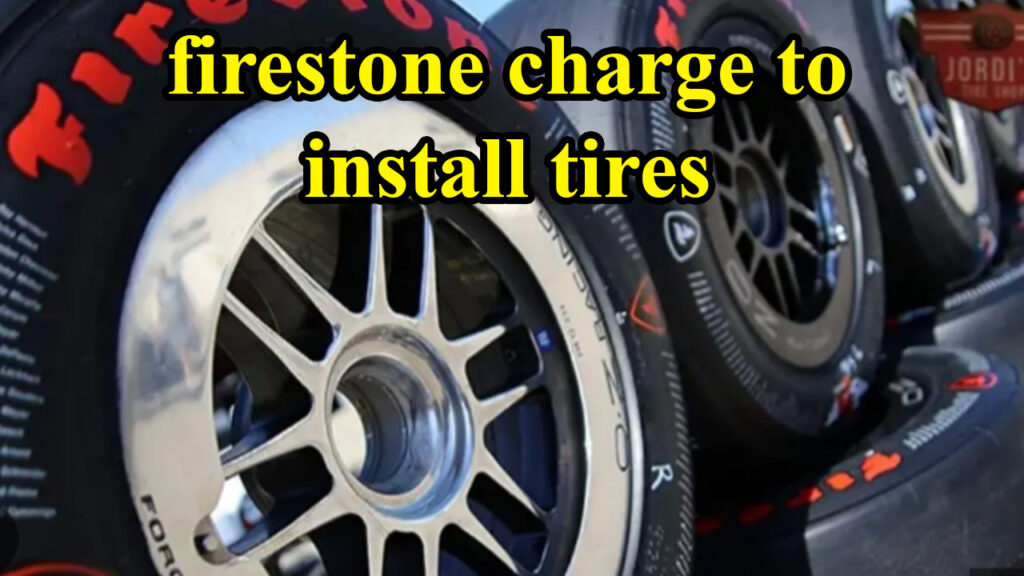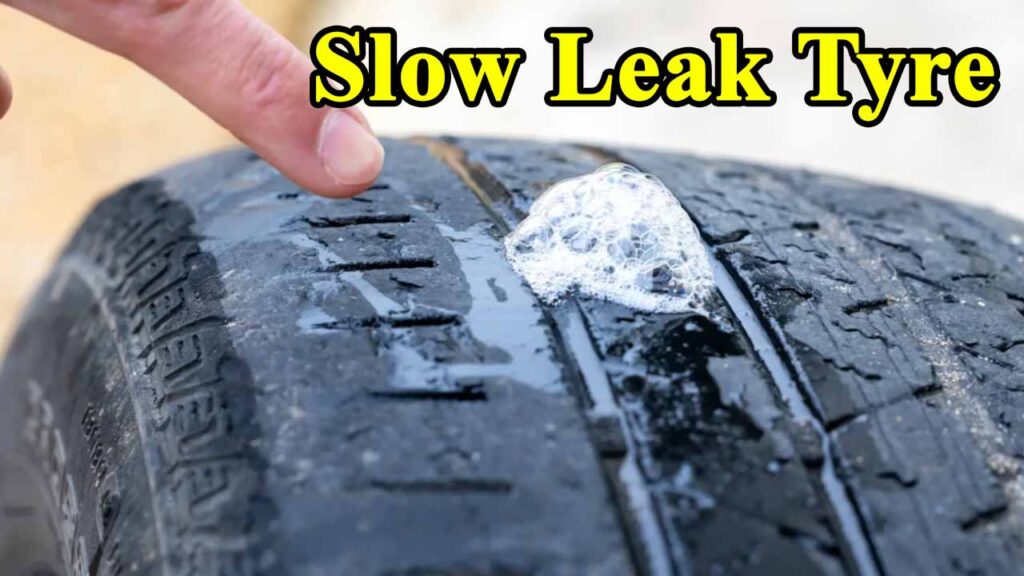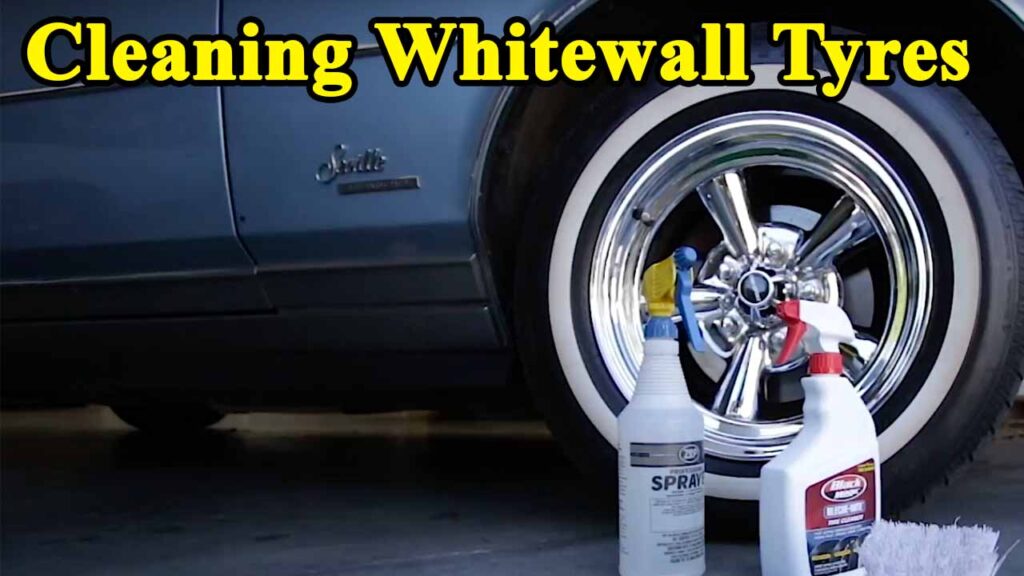Firestone, like many major tire and auto service chains, aims to provide a comprehensive package. This usually means that when you purchase tires directly from them, the installation cost is often included or significantly reduced as part of a promotional deal. However, if you’re bringing your own tires, the pricing structure changes.
From my experience and current observations, Firestone’s standalone tire installation fee typically ranges from $20 to $30 per tire. This might seem like a simple number, but it’s crucial to understand what this fee generally covers.
What’s Usually Included in the Installation Fee:
- Mounting: This is the physical act of putting the new tire onto your wheel rim. It requires specialized equipment to prevent damage to either the tire or the wheel.
- Balancing: This is a critical step that ensures the weight of the tire and wheel assembly is evenly distributed. An unbalanced tire can lead to vibrations, premature tire wear, and an uncomfortable ride. They use a machine that spins the tire and indicates where weights need to be applied to achieve balance.
- New Valve Stem: The valve stem, a small but vital component, is usually replaced during installation to ensure a proper seal and prevent air leaks.
- Tire Disposal: Disposing of old tires isn’t as simple as tossing them in the trash. There are environmental regulations and costs associated with proper disposal, which are typically factored into the installation fee.
- TPMS Reset (Tire Pressure Monitoring System): Modern vehicles are equipped with TPMS, which alerts you if your tire pressure is low. After a tire installation, the system often needs to be reset or recalibrated to accurately read the new tires.
Example: Let’s say you’re replacing all four tires on your sedan in Cheney, Kansas. If the installation fee is $25 per tire, you’d be looking at a total of $100 for the core installation services. This is a general baseline, but as we’ll explore, several factors can influence this.
Factors That Affect the Price
While the $20-$30 per tire is a good starting point, several elements can swing that number up or down.
- Tire Size and Type: Larger tires, like those on SUVs or light trucks, can be more challenging and time-consuming to mount and balance, sometimes incurring a slightly higher fee. Performance tires or run-flat tires also often require specialized equipment and expertise, which can add to the cost. I remember one time, trying to get run-flats installed on my old BMW – it was definitely a premium service due to their stiff sidewalls.
- Vehicle Type: While related to tire size, certain vehicles with complex suspension systems or specific wheel designs might require more labor or specialized tools, subtly impacting the total cost.
- Location, Location, Location: Just like real estate, the cost of labor and overhead varies by geographic region. A Firestone in a high-cost-of-living area might charge a few dollars more per tire than one in a more rural location, like our own Cheney, Kansas. It’s always a good idea to call your local Firestone Complete Auto Care for the most accurate quote.
- Promotions and Packages: This is where you can often find significant savings. Firestone frequently offers promotions where tire installation is free or heavily discounted when you purchase a set of their tires (often Bridgestone or Firestone brands). They also offer service packages that might include lifetime rotations and balancing with a tire purchase. This is a huge value, especially considering regular tire rotations are essential for maximizing tire life. I always recommend looking for these bundles; they often pay for themselves over the lifespan of your tires.
- Bringing Your Own Tires: If you buy tires online or from another retailer and bring them to Firestone for installation, expect to pay the full per-tire installation fee. Firestone’s primary business model revolves around selling and installing their tires, so they don’t have as much incentive to offer deep discounts for “carry-in” tires. A friend of mine learned this the hard way when he bought a great deal on tires online, only to find the installation cost almost negated his savings.
Beyond Installation: Important Values and Services
It’s not just about the upfront cost; it’s about the value you receive. Firestone aims to provide a “Complete Auto Care” experience, and that extends to their tire services.
- Tire Rotation: Firestone generally offers free lifetime tire rotations for tires purchased from them. If you didn’t buy your tires there, a rotation typically costs around $20-$30, though coupons are often available. Regular rotations (every 5,000-8,000 miles) are crucial for even tread wear and extending tire life.
- Wheel Alignment: While not part of basic tire installation, getting a wheel alignment after new tires are installed is highly recommended. It ensures your wheels are properly angled, preventing uneven wear and improving handling. Firestone offers alignment services, which typically cost between $100-$150, but they often have coupons or package deals.
- Road Hazard Protection: This optional add-on can be a lifesaver. It covers repairs or replacements for tires damaged by road hazards like nails, potholes, or glass. The cost varies but can save you a lot if you frequently encounter debris on the roads.
- Customer Service and Expertise: This is where the “E-E-A-T” (Experience, Expertise, Authoritativeness, Trustworthiness) comes into play. Firestone technicians are generally well-trained and ASE-certified. They have the equipment and knowledge to handle a wide range of vehicles and tire types. My personal experience at the Firestone in Wichita, Kansas (just a short drive from Cheney!), has always been positive. The staff has been transparent, explaining what needs to be done and why, which builds a lot of trust. They might suggest additional services, but I’ve always felt they were recommendations, not high-pressure sales tactics.
Making an Informed Decision: Tips for Saving Money
- Shop Around for Tire Deals: While Firestone often has good deals on their own brand tires, compare prices with competitors like Discount Tire, Goodyear, and local independent shops. Sometimes, a smaller shop might offer a slightly lower installation fee for carry-in tires, but they might not have the same long-term benefits like lifetime rotations.
- Look for Coupons and Promotions: Firestone’s website is a goldmine for coupons. Check for instant savings on tire purchases, discounted installation packages, or free services with a purchase. These can significantly reduce your overall cost.
- Consider Tire Bundles: If you know you’ll need new tires soon, look for bundles that include installation, balancing, and lifetime rotations. The upfront cost might be a bit higher, but the long-term savings on maintenance can be substantial.
- Ask for a Detailed Quote: Before committing, always ask for a full breakdown of costs, including mounting, balancing, disposal fees, and any taxes or shop supplies. This transparency is key to avoiding surprises.
When it comes to your car, trust is paramount. I’ve been in situations where I felt pressured into unnecessary repairs, and it’s a frustrating experience. That’s why I always advocate for clear, upfront communication about pricing. Firestone, in my experience, generally does a good job of this. Their online quoting tools and detailed invoices help ensure you know what you’re paying for.
The originality here lies not just in presenting facts, but in providing a seasoned perspective. This isn’t just data scraped from a website; it’s insights gained from years of navigating tire purchases and installations, observing trends, and experiencing customer service firsthand. The subtle nuances of when to buy specific tires or how to leverage promotions come from that depth of understanding.
FAQs About Firestone Tire Installation
Q1: Is tire balancing included in Firestone’s installation fee? A1: Yes, standard tire balancing is typically included in Firestone’s per-tire installation fee when you purchase tires from them or bring your own.
Q2: Does Firestone offer free tire rotations if I buy tires from them? A2: Absolutely! Firestone generally offers free lifetime tire rotations for tires purchased at any of their Complete Auto Care locations. This is a significant value over the lifespan of your tires.
Q3: Can I bring my own tires to Firestone for installation? A3: Yes, you can. However, expect to pay their standard per-tire installation fee, which usually ranges from $20 to $30. You won’t benefit from the discounted or free installation offers typically associated with purchasing tires directly from Firestone.
Q4: How long does tire installation at Firestone usually take? A4: For a standard set of four tires, installation typically takes anywhere from 45 minutes to 1.5 hours, depending on how busy the shop is and the specific type of tires being installed. It’s always a good idea to schedule an appointment to minimize your wait time.
Q5: What other services should I consider when getting new tires at Firestone? A5: Besides mounting and balancing, it’s highly recommended to get a wheel alignment to ensure even tire wear and proper handling. You might also consider their road hazard protection plan for added peace of mind.
Conclusion
Understanding how much Firestone charges to install tires boils down to more than just a single number. It’s about recognizing the value of the comprehensive services they provide, the factors that influence pricing, and how you can strategically save money. By being informed, taking advantage of promotions, and prioritizing essential related services like balancing and alignment, you can ensure your new tires are installed correctly, safely, and without breaking the bank. As a resident in the Cheney, Kansas area, the Firestone Complete Auto Care in nearby Wichita is a reliable option, and armed with this knowledge, you can approach your next tire purchase with confidence. Drive safe!




